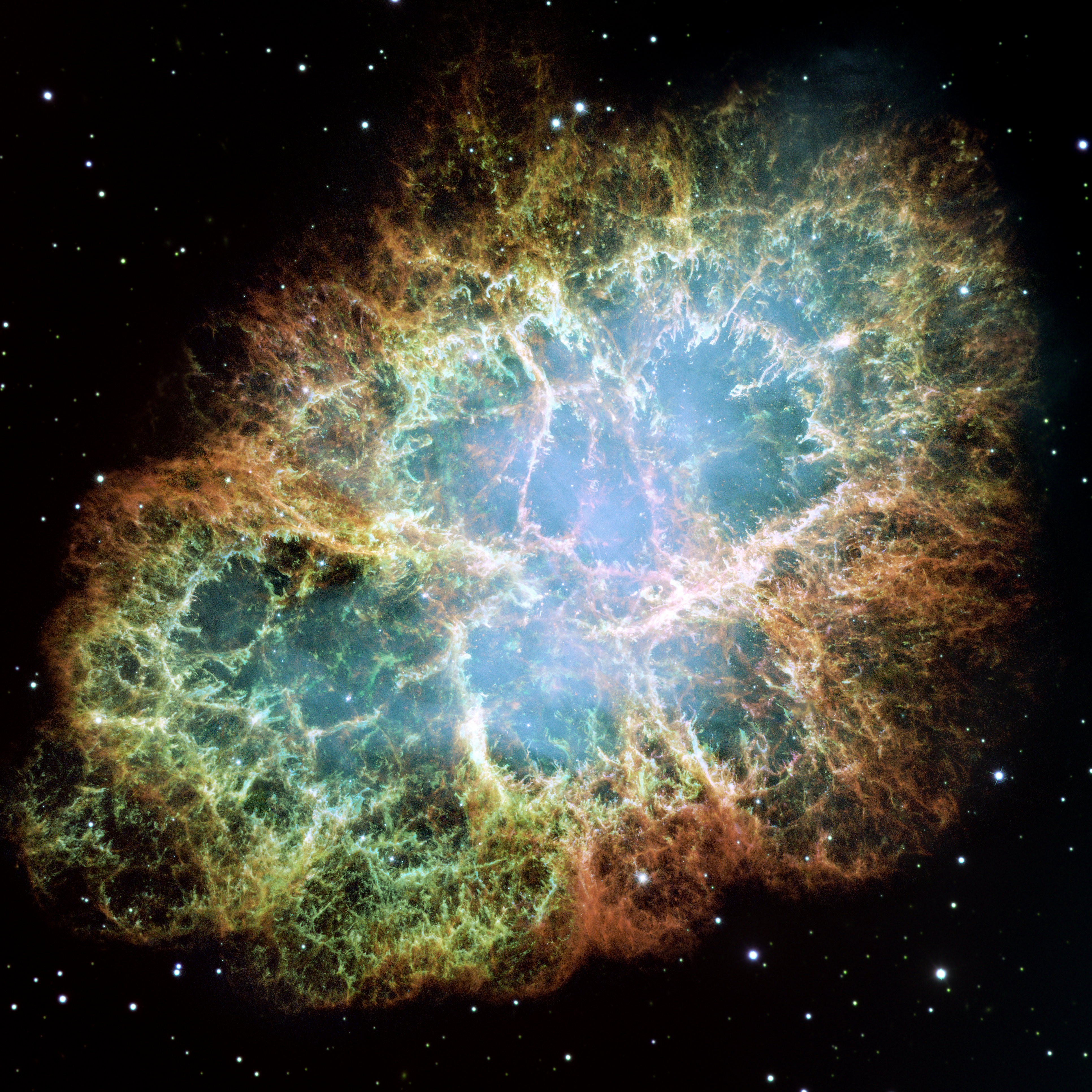Luca Boccioli
 ✉ lbocciol [at] berkeley [dot] edu
✉ lbocciol [at] berkeley [dot] edu
 https://orcid.org/0000-0002-4819-310X
https://orcid.org/0000-0002-4819-310X
I am a Postdoctoral Researcher in Physics at the University California, Berkeley. I received my Ph.D. at the University of Notre Dame, under the supervision of Prof. Grant Mathews. I earned my B.S. at the University of Perugia, where I also earned my M.S. My research interests mostly focus on Core-Collapse Supernovae, i.e. the explosion of massive stars. More specifically, I am interested in the role that General Relativity, the Nuclear Equation of State and neutrino physics have in triggering the explosion. More recently I got interested in convection in astrophysical environments (primarily supernovae and the interior of Proto-Neutron Stars), the role of muons in the collapse phase of a supernova, and Collective Neutrino Oscillations. My most recent projects, however, focus on Explosive Nucleosynthesis and the structure of pre-supernova progenitors, in particular regarding Carbon-Oxygen Shell Mergers.

